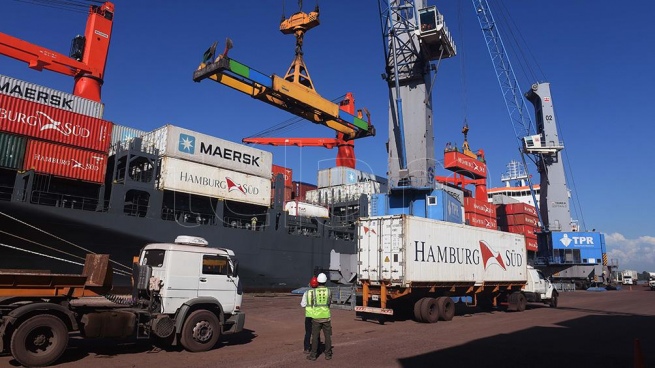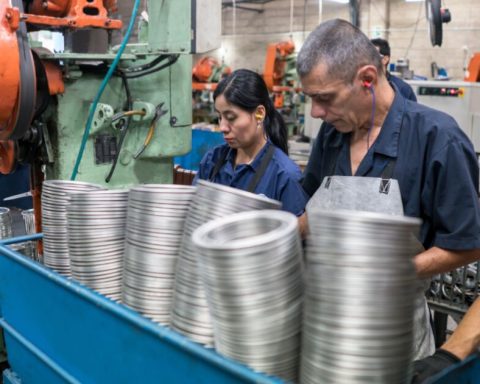the trade flow between Argentina and Brazil registered a year-on-year increase of 41% in May, reaching US$ 2,690 million in the month, the highest figure for that period since 2013 and pushed by the increase in product prices.
Exports totaled US$ 1,223 million in May, with a year-on-year increase of 51%, while imports grew 34%, for an amount of US$ 1,467 millionwhich marked a difference compared to the previous months, when imports beat exports, according to a report by the consulting firm Abeceb.
In this way, May closed with a deficit of US$ 244 million, a figure lower than the US$ 288 million registered in May 2021.
As for exports, after a meager rise of 4% in March and 25% in April, the good number of growth of 51% in May was driven by “Wheat and rye, unground” (+32%); “Passenger vehicles” (+34% yoy), in line with the good performance of the local automotive sector -exports, as well as production, increased 27% during the first five months-; “Drugs and pharmaceutical products, other than veterinary”; “Preparations and cereals, flour or starch of fruits or vegetables” (+211% yoy).
Exports of “Motor vehicles for the transport of merchandise and special uses” -the third most important item, with almost 13% of total exports- fell 8% yoy, mainly due to the decrease in shipments of pickup trucks.
The five categories accounted for more than 50% of total sales, with vehicles and wheat accounting for 41%.
Regarding imports, within the products with the highest participation in the total, the increases in “Petroleum fuels or bituminous minerals (except crude oil)” stand out; “Soy” (+253%); “Parts and accessories for motor vehicles” (+29% yoy), inputs that are necessary for the national production of vehicles, which has been on the rise and has already accumulated a rise of 27% during the first five months of the year; “Iron ore and concentrates” (+20% yoy).
These four categories accounted for almost 25% of imports.
Finally, imports of “Passenger vehicles” -the second item with the greatest weight, representing 9% of total purchases- fell 9% yoy, reflecting the current restrictions on foreign trade.
All in all, in the first five months of the year, imports accumulated US$5,908 million (+28% compared to the same period in 2021), while exports reached US$4,813 million (+13% vs. Jan-May 2021).
In this way, the accumulated bilateral balance between January and May was negative by US$1,095 million, practically tripling the deficit for the same period in 2021 (US$341 million).
Going forward, and beyond the specific figure for May, it is expected that the trend of widening the deficit trade balance with Brazil will be consolidated.
With imports growing above exports, the trade deficit could close 2022 around US$ 2,500/2,700 million, below the average of US$3.7 billion verified between 2010 and 2017 prior to the 2018-2019 crises in Argentina and the pandemic.


















